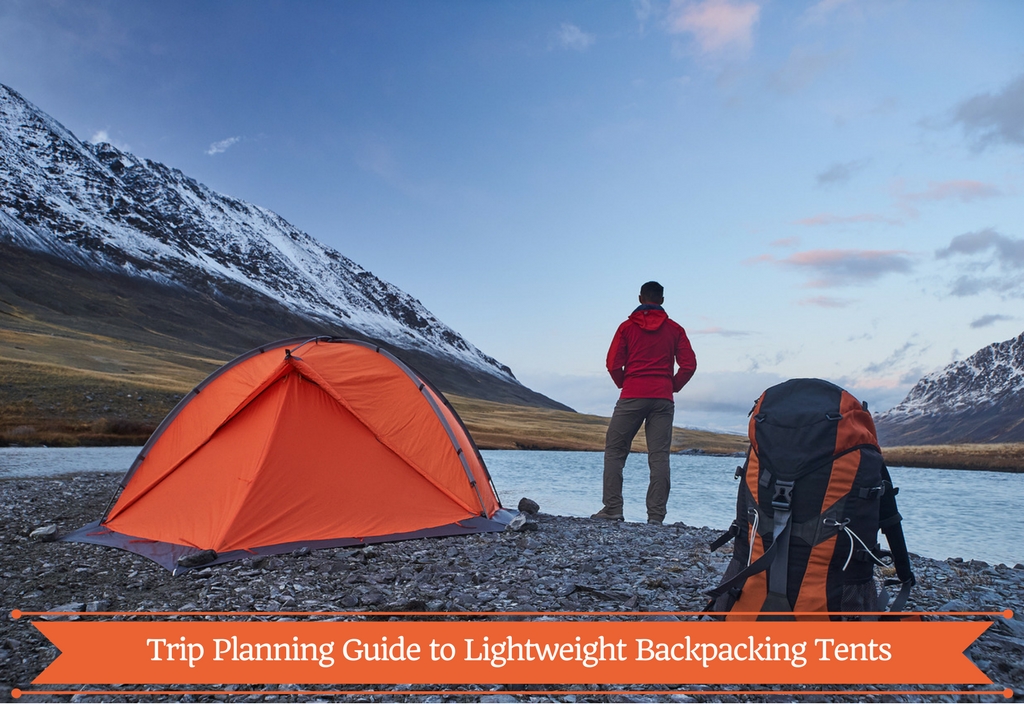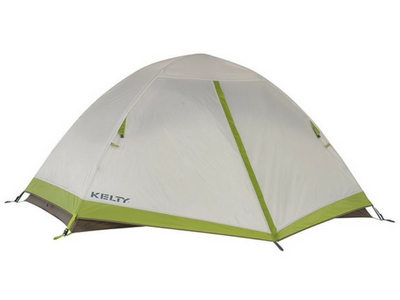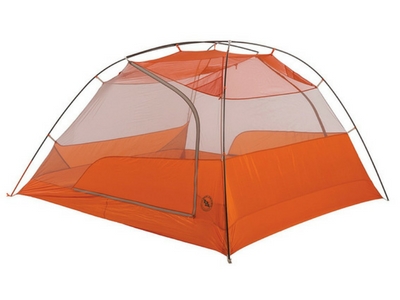 A lightweight backpacking tent is ideal if you will be traveling great distances and don’t want the frustration and hassle of carrying around a lot of heavy gear. When choosing the best lightweight backpack tent, there are a few things you should consider:
A lightweight backpacking tent is ideal if you will be traveling great distances and don’t want the frustration and hassle of carrying around a lot of heavy gear. When choosing the best lightweight backpack tent, there are a few things you should consider:
- The capacity of the tent: How many people will the tent need to accommodate?
- What season and weather conditions do you expect on your trip?
- How much weight are you willing to carry?
- How important is comfort and convenience for you?
A Closer Look at Capacity
Tents can be made to accommodate a number of people from one person up to a family size group. However, while backpacking, you will most likely find the best tent will be a one- or two-person tent.
Some of the best backpacking tents offer more interior space so you can easily store your gear, but others may be a bit cramped when it comes to available and usable space while camping. Typically, the larger the tent is, the higher the weight will be.
When you begin to talk about lightweight backpacking tents, then a good weight range to be in would be under five pounds. Anything over five pounds is probably much larger and is bordering on being too heavy for a backpacking tent.
A solo, or one-person, ultralight backpack tent may only come in at around two pounds and provide roughly 15 to 25 square feet of space—perfect for a solo camping tent.
Seasonality
Regarding seasonality, one must determine the type of weather conditions they will be exposed to on their trip. A 3-season ultralight backpacking tent is a lightweight shelter option that is appropriate for a variety of weather conditions and temperatures during the spring, summer, and fall months.
They generally come with a rainfly and this can help protect against rain and light snow. However, if you will be experiencing more adverse weather conditions, then a lightweight tent is not an appropriate option because it may not keep you warm or dry.
A 3-season tent provides upright walls to create more interior space and there are fewer poles involved in assembly and the material is lighter to help with the overall weight and breathability.
Weight
Weight is one of the biggest factors to consider when it comes to finding a lightweight backpacking tent. Since backpacking tents are so lightweight, they may also have more efficient designs that will help regulate the overall weight such as narrow spaces for the feet and sloped walls that may hinder headspace.
If a tent comes with a vestibule, then you are offered an additional storage area to keep gear inside of the tent. More interior space, however, may lead to increased weight, so you should be mindful of the overall dimensions of the tent.
Comfort and Convenience
When determining the comfort of a tent, you should recognize the design and features of the tent that make it livable. You should also consider your comfort while you are carrying the tent.
When discussing convenience, you will be taking a closer look at the assembly process. If the tent has a freestanding design, then you can move it around camp as you please without the hassle of having to secure it to the ground with stakes.
However, you can also find a lightweight backpacking tent that does not utilize a freestanding design but is still easy to carry and assemble. Non-freestanding tents often utilize a lighter pole system.
Lightweight Backpacking Basics
Planning your trip with a lightweight backpacking tent isn’t always as easy as just choosing the tent. You also have to take into consideration the other gear you will have to carry with you in addition to the tent such as water, food, and other essentials.
Before your trip, you should make a list of backpacking basics, so you are better prepared for every scenario. The following are good and essential gear to consider:
- A navigation system like a map and compass
- The lightweight backpacking tent and insect mesh
- Water system or purification tabs
- Rain jacket in case of implement weather
- Small toiletries like toothbrush and toothpaste, etc.
- Headlamp or flashlight
- Repair kit for your tent
Keep in mind when packing everything that you add the weight of the other gear to the overall weight of the tent.
Find Quality and Value
Most people will determine a set budget beforehand and will find a tent that fits into their affordability column. Remember, you may pay more for higher quality, and it is never advisable to skimp on the shelter you will be using on your trip.
There are many high-quality and reputable brands available including Big Agnes, REI, and Sierra Designs. Reading customer reviews is also a helpful way to determine which tent would be the best.
A Few Good Examples
The following are just a couple examples of some of the best lightweight backpacking tents:
1. Kelty Salida 2 Tent
This tent comes in at under four pounds and includes compact folding poles and a roll top cube carry bag for portability and convenience. It is a 3-season tent with a vestibule for storage and has the capacity to fit two people.
| Price | $ |
| Product Dimensions | 88 x 55 x 43 inches |
| Product Weight | 3 pounds, 14 ounces |
2. Big Agnes Copper Spur HV UL Tent
This tent also comes in at under four pounds but is made with strength and durability in mind. It is constructed with double ripstop pattern nylon and features waterproof features and additional storage space without adding to the tent’s overall weight.
It offers both comfort and convenience without sacrificing on quality and features.
| Price | $$$ |
| Product Dimensions | 6 x 8 x 24 inches |
| Product Weight | 3.85 pounds |
Final Thoughts
As you can see from the two examples, it is easy to find a lightweight backpacking tent that comes in at under five pounds. They range in style, design, and price and can accommodate as many people as you need. However, keep in mind, in order to keep it as lightweight as possible, you should consider a one- to two-person tent.


